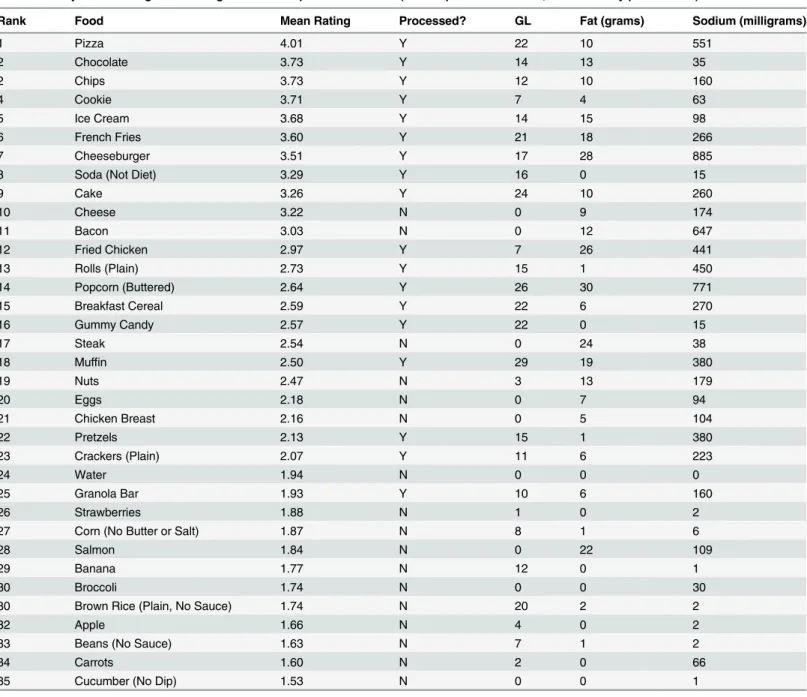Which foods may be addictive? The roles of processing, fat content, and glycemic load.
Texto
Imagem



Documentos relacionados
The objective of the present study was to analyze and compare the microbiological quality of washed and sanitized raw foods to cooked foods and to compare the vitamin C content
High-fat diets in general are associated with hyperphagia, but the type of dietary fat seems to be more important since saturated fats are linked to a positive fat balance and
Our study showed that the expression of PPARγ and UCP2 in liver fat tissue were significantly lower in obesity-resistant rats than in obesity-prone rats, which may be related
Because of their fat content, the results showed that there are contamination possibilities by DeHP and DeHA in all foods evaluated in this study, when packed in flexible PvC
This study aimed to evaluate the supply of ultra- processed foods (UPF) and minimally processed foods (MPF) at food outlets classiied as food stores, located in
Considering the early introduction of processed and ultra- processed foods in children’s diet, as well as the fact that low consumption of raw or minimally processed foods may have
Some school menus from Santa Catarina need to be revised with respect to the frequency of fruits and non-starchy vegetables, high-sugar foods, high-sodium foods, and high-fat foods,
Vegetable oils and MCT, which are also included in the first tier of the food pyramid, can be used to complement fat intake without compromising the intake of other foods that